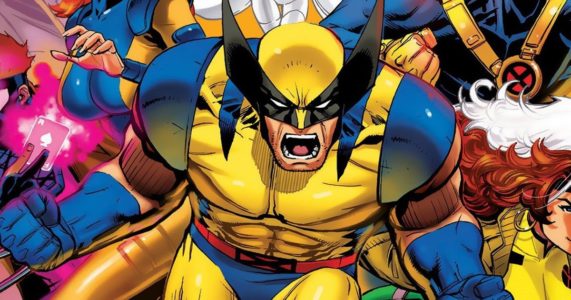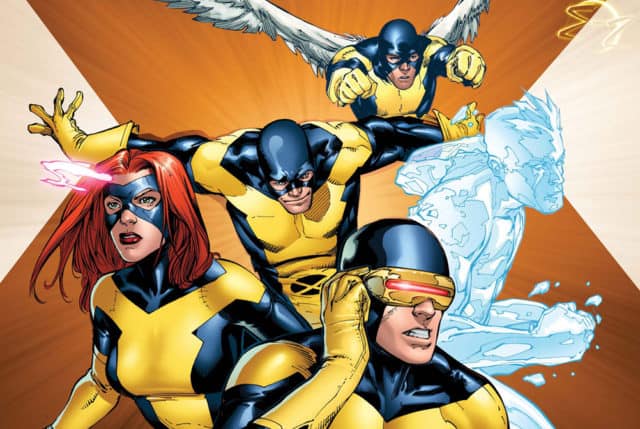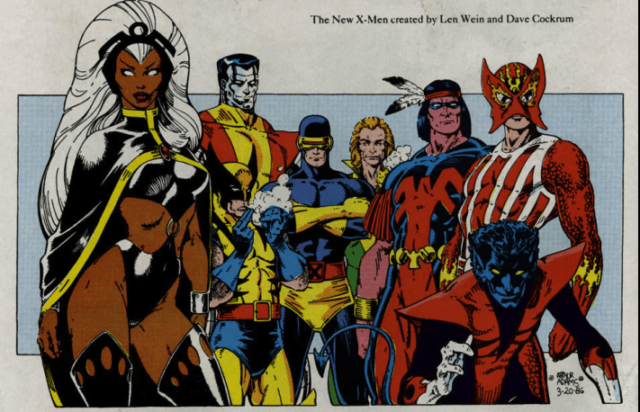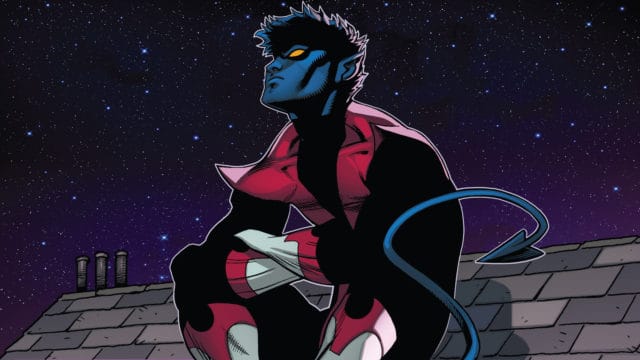
The sad truth of the comic book industry is that very few creators get their fair share of the praise for the indispensable work that they do. For decades, Stan Lee was the person held responsible for Marvel’s success in the early 1960s and beyond, never mind the fact that virtually everything he was credited for owed at least half of its creation to seminal artist Jack Kirby. In such a collaborative medium, a series, or even character, is rarely ever the work of just one person.
The same could be said for the world of the X-Men. Few people realize it today, but Marvel’s most popular super-team wasn’t successful during its initial run. Even though it had the proven duo of Stan Lee and Jack Kirby writing and drawing for it respectively — not to mention providing a nuanced race relations allegory at a time of considerable racial turmoil — people simply weren’t feeling the concept.

Maybe it was the use of a team of square jawed white men (and the honorary girl-next door thrown in just for kicks) to bring out an otherwise layered race acceptance narrative, instead of a more colorfully diverse lineup, that rubbed readers the wrong way. Maybe it was choked out of the market by Marvel’s already popular superhero series, like the Fantastic Four, Spider-Man and the various Avengers’ storylines. Or maybe some, such as Stan Lee himself, felt that they phoned in their heroes’ origin stories by having them simply be born with their powers.
Although it had a respectable run, the series was eventually canceled. It wasn’t until 1975’s Giant-Size X-Men #1 that people started getting interested. Instead of the stuffy old team from 1963 — which included Cyclops, Ice Man, Beast, Angel and Marvel Girl — Professor Xavier assembled a new team to save the day. Still lead b Cyclops, the new team consisted of fan-favorites Colossus, Nightcrawler, Storm, Wolverine, Banshee, Sunfire and Thunderbird.

Directly because of its giant-sized success, a new series was ordered into print. The problem was, however, that nobody wanted to take the reins of a book that had consistently underperformed since its debut. It was still viewed as a C-list property, and nobody wanted to stop working on Marvel’s big-hitters at the time for what many saw as a demotion.
That’s how Chris Clairemont, a young kid that nobody had ever heard of before, was put in charge of the book. And what’s more, because expectations for the revamped series were still low, he had an unprecedented degree of control over the content he produced, including a number of spin-off series that, for decades, he was directly in charge of. This is why everything X-Men has generally been attributed to Clairemont, fairly or — as is often the case in such matters — not.

One of the forgotten fathers of the modern X-Men — the mutant team that has ballooned into a billion dollar multi-media franchise beloved the world over — got overlooked for his integral contributions to it. Looking back, you could argue that Len Wein had as much direct influence over the X-Men’s latter-day popularity as Clairemont himself.
You see, Len Wein wrote Giant-Size X-Men #1: the single comic that saved the X-Men from being an obscure footnote in the comic industry. Along with artist Dave Cockrum, he created Nightcrawler, Storm, Colossus and Thunderbird from scratch. He imported the then C-list Incredible Hulk villain he made with artist John Romita Sr to the team as well: none other than the now-iconic Wolverine.

That’s not all, either. While at comic rival DC, he created the popular character Swamp Thing and Wayne Foundation Executive Lucius Fox. He had extensive runs writing for any number of Marvel and DC comics and even edited the monstrously influential Watchmen series.
Although gone, Wein’s accomplishments are far from forgotten. He left his fingerprints over the formative years of an entire industry. It wouldn’t have been the same without his influence.
Len Wein
 Follow Us
Follow Us


